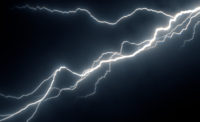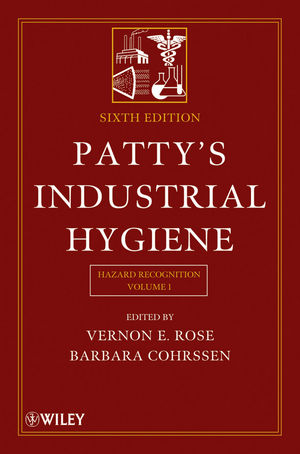Lightning strikes an overlooked occupational hazard
When thunder roars, go indoors!

Heat gets plenty of attention as a danger for those who have to work outdoors – or indoors in certain types of facilities. However, lightning strikes can also severely injure and kill workers.
In the United States, cloud-to-ground lightning occurs 20 to 25 million times a year and more than 300 people are struck by lightning. During the past 30 years, about 50 people, on average, have been killed by lightning strikes every year, and many more suffer permanent disabilities.
OSHA and the National Oceanic and Atmospheric Administration (NOAA) are urging employers to take lightning seriously as a hazard. The have issued a fact sheet, Lightning Safety When Working Outdoors, with recommendations that supervisors and workers at outdoor worksites should take.
At greatest risk: workers whose jobs involve working outdoors in open spaces, on or near tall objects, or near explosives or conductive materials (e.g., metal) have significant exposure to lightning risks.
Worker activities at higher risk for lightning hazards include:
- Logging
- Explosives handling or storage
- Heavy equipment operation
- Roofing
- Construction (e.g., scaffolding)
- Building maintenance
- Power utility field repair
- Steel erection/telecommunications Farming and field labor
- Plumbing and pipe fitting
- Lawn services/landscaping
- Airport ground personnel operations
- Pool and beach lifeguarding
It's unpredictable
Lightning is unpredictable and can strike outside the heaviest rainfall areas or even up to 10 miles from any rainfall. Many lightning victims are caught outside during a storm because they did not act promptly to get to a safe place, or they go back outside too soon after a storm has passed. If signs of approaching thunderstorms occur, workers should not begin any task they cannot quickly stop.
Thunderstorms always include lightning. Any thunder you hear is caused by lightning! NOAA advises that nowhere outside is safe when thunderstorms are in your area.
OSHA’s advice: When thunder roars, go indoors! If you hear thunder, even a distant rumble, get to a safe place immediately.
Click here for the fact sheet, Lightning Safety When Working Outdoors.
Looking for a reprint of this article?
From high-res PDFs to custom plaques, order your copy today!








